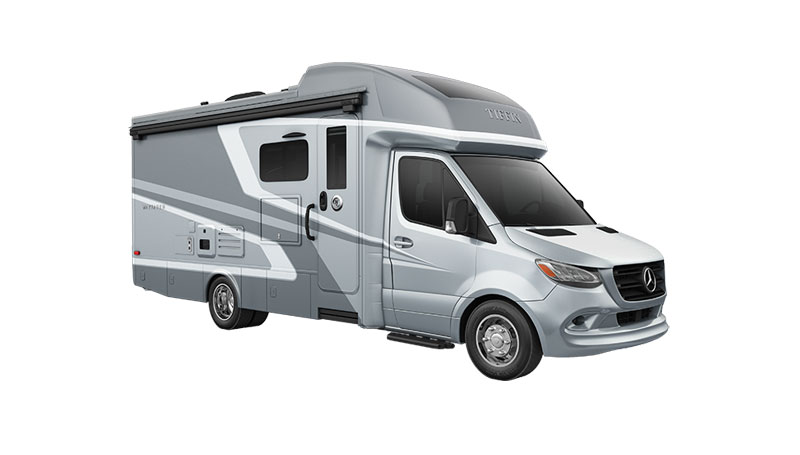If you like to listen to music or take pictures while you hike, bike or kayak, there are a few things to keep in mind. If you have headphones on, make sure the volume is low enough so you can still hear approaching conversations, bike bells, even rustling and nature noises (no one wants to accidentally run into a bear). Try not to look at your phone or camera while hiking—step aside or pull over to take your picture, and then put everything away before moving again. It’s also important that you make yourself known as you approach others. If you are coming up behind someone, a simple “hello” or a quick ring on the bike bell will signal that you’re near. And if you’d like to pass, say something like “may I pass” or “on your left” so the intention and direction is clear.
Adventuring with Pets
Before leaving for an outdoor adventure, always check to make sure that you’re allowed to bring your pet with you. Some trails don’t allow domestic animals, even if they’re leashed. If you are allowed to bring your pet, be sure and follow any posted signs, as some areas may still be off limits to pets. It’s best to keep your pet leashed at all times and follow the pet yielding rule: The person with the pet should always yield to others, regardless of the direction of travel. Lastly, be sure and bring the necessary supplies for your pet, including food, water and waste bags. Don’t ever leave pet waste bags along the trail to pick up on your return—there’s a chance it could blow away, get stepped on or you may just forget to grab it.

Stay on Marked Trails
There is a reason trails are marked and clearly defined—these markings are there to protect you and the surrounding wildlife. For example, if you’re hiking in a desert climate, try to avoid stepping on the hardened edges of the trail. These edges, or crusts, have millions of different bacteria, fungi, lichen, and moss that are pivotal for holding water, preventing erosion and allowing new plant life to thrive. Or, if you’re adventuring in a high alpine tundra climate, venturing off trail could mean trampling tiny, fragile plants that have taken years to bloom. Venomous creatures, poisonous plants, dangerous ledges, protected restoration areas, and historic places may also be found just off the trail. Even if you’re considering a quick step off the trail for a photo, there may be false edges, slippery cliffs or snow cornices that could pose a serious threat to your safety.
What If You Lose the Trail?
Have you ever been on a trail and seen those little, stacked rock piles? What about a large branch on the ground that seems to blatantly block the trail? These rock piles (called cairns) and branches aren’t there by accident—they are deliberately placed to help assist with trail navigation. Cairns help show you the way if the trail is overgrown or losing direction, and large branches help prevent you from going the wrong way. Be on the lookout for these natural signs if you ever think you’re losing the trail. And if you spot a cairn or a blocking branch, don’t move or destroy it. They are usually placed and maintained by trail builders and forest service members to help fellow adventurers.
Be Aware of Trail Conditions
After a big storm or fire, trails can become damaged or completely washed away. And some terrain types, like soft sand or areas near moving water, are much more susceptible to damage. Before heading out on your adventure, try to gather as much information as you can about the trail conditions, especially if you’re in a new or unfamiliar area. Bike rental stores, rafting outfitters and hiking supply shops are usually great resources for the most up-to-date trail conditions. If you start your hike and find the trail to be muddy, flooded or blocked with debris, it’s best to turn around and try again another day.
Pack It In, Pack It Out
One of our favorite sayings is “take only pictures and leave only footprints behind.” When planning your adventure, pay special attention to everything you bring with you so you don’t leave anything behind. Many items can be swapped to avoid waste and extra packing, like reusable water bottles and food containers. If you notice trash on the trail, pick it up and add it to your own pile to dispose of when you’re done. Make a point to leave the place better than you found it. If you’re hiking with kids, you can turn trash pick-up into a fun game and give a special award to whoever collects the most trash.

People typically adventure and RV so they can learn more about natural lands and explore the outdoors. But we know these beautiful places are not promised to us, so it’s important to leave every trail, park and river better than you found it. As more and more people choose to travel and explore, the more important it becomes to understand proper trail etiquette and considerate adventuring practices. This way, we can all enjoy our green spaces for years to come.










